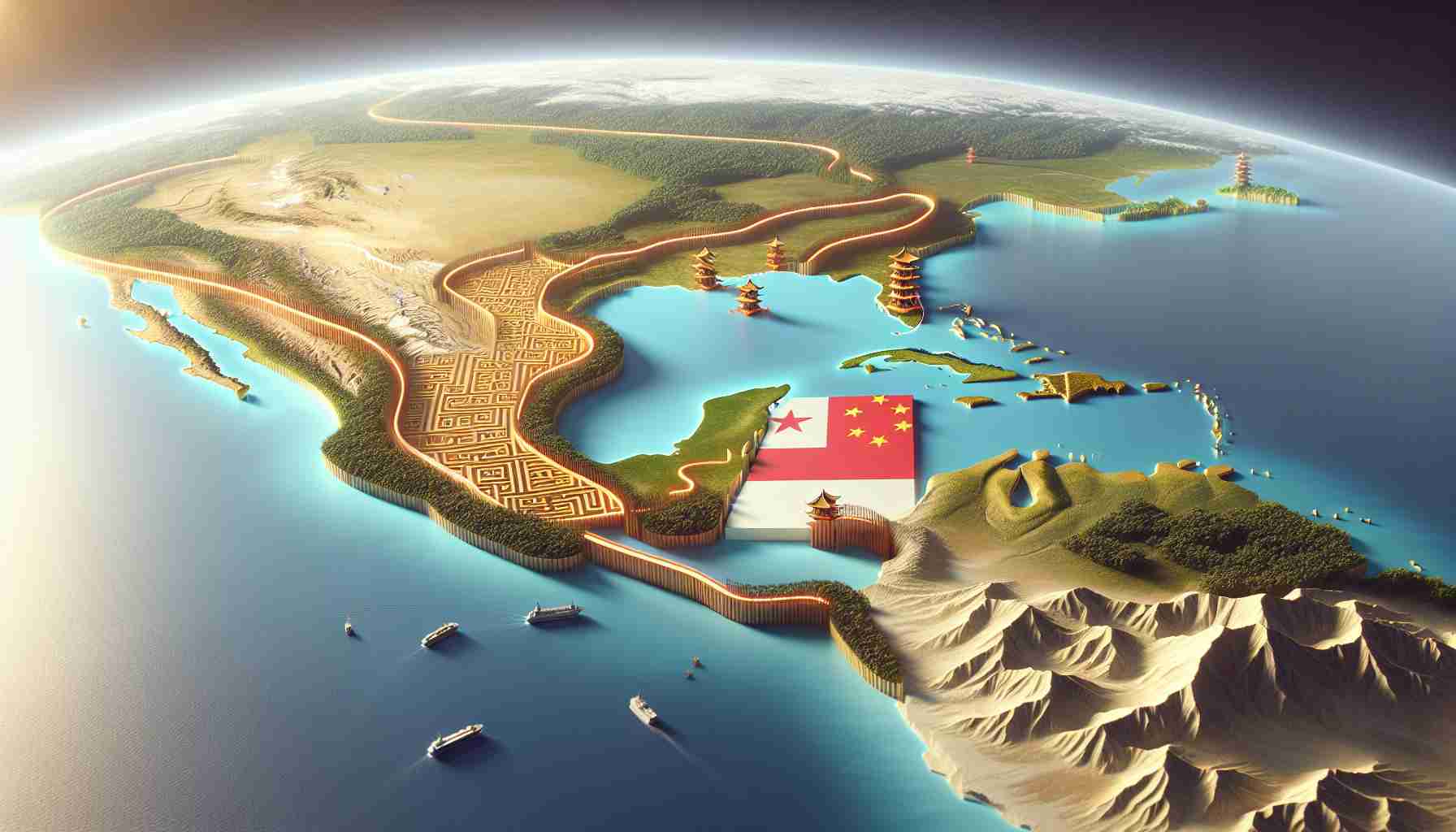- Panama has officially distanced itself from China’s Belt and Road Initiative, impacting China’s influence in Latin America.
- This decision highlights Panama’s strategic importance as a gateway between the Pacific and Atlantic oceans, particularly in the context of U.S.-China rivalry.
- China’s investments in Panama included infrastructure projects that were part of the BRI, demonstrating significant Chinese engagement in the region.
- Panama’s shift raises concerns about future U.S.-China relations and the potential for increased tensions over the Panama Canal.
- This situation underscores the fluidity of global alliances and the potential for shifts in regional power dynamics.
In a surprising turn of events, Panama has announced its decision to distance itself from China’s sprawling Belt and Road Initiative (BRI), a move that sends shockwaves through Beijing’s geopolitical ambitions. Over the past few years, China has meticulously built ties with Latin American nations, particularly focusing on Panama due to its strategic position as the gateway between the Pacific and Atlantic oceans.
Under President Xi Jinping’s leadership, China has been fiercely contesting Taiwan’s influence, orchestrating a “diplomatic domino effect” that saw nations like the Dominican Republic and Honduras sever ties with Taipei to embrace Beijing instead. Panama, having aligned with China in 2017, has benefited from significant investments, including state-of-the-art conference centers and cruise ship terminals, all part of Xi’s BRI vision, inspired by the ancient Silk Road.
However, with Panama’s recent declaration, the stakes have undeniably risen. The nation not only hosts the world’s second-busiest canal but also stands as a critical pawn in the escalating US-China rivalry. Chinese officials have staunchly defended their access to the Panama Canal, refuting any foreign attempts to impose regulations.
This unexpected shift raises pressing questions about the future of China’s ambitious inaugural economic blueprint. While China may attempt to woo Panama back with additional economic incentives, the potential for escalating tensions around the canal looms larger than ever.
The takeaway? In a world where alliances constantly shift, the dynamics of global power are in constant flux, and Panama’s defection might just be the catalyst for a seismic change in the region’s geopolitical landscape.
Panama’s Bold Move: The Impact of the Exit From China’s Belt and Road Initiative
In a pivotal development, Panama has officially announced its distancing from China’s Belt and Road Initiative (BRI), a move that dramatically reshapes the geopolitical landscape in Latin America. Having previously allied with China in 2017, Panama has enjoyed substantial economic benefits through large investments in infrastructure, including modernized transportation hubs and tourism projects aimed at enhancing its strategic position. However, this recent shift raises critical questions about the future of the BRI in the region.
New Insights and Information
1. Market Analysis: The decision by Panama could potentially open the door for other Latin American countries to reconsider their relationships with China, especially as economic pressures grow. Economic analysts note that the region’s reliance on China for investments could face reevaluation, particularly if similar sentiments arise among neighboring nations.
2. Impact on Trade: The Panama Canal has long been a vital trade artery for global commerce. Diverting from Chinese influence may shift logistical alliances, possibly favoring US and European investments as they seek to counter China’s presence in the region.
3. Innovation and Infrastructure: With the end of support from the BRI, Panama may now seek alternative partnerships. This transition could lead to an influx of innovation, as partnerships with tech-driven nations may focus more on sustainable practices and smart city projects, moving away from purely infrastructural concerns.
4. Security and Diplomacy: The geopolitical rivalry between the US and China is likely to escalate, with Panama caught in the crossfire. Increased military cooperation from the US may be seen in response to safeguard its interests in the canal.
Key Questions and Answers
1. What are the potential economic implications of Panama’s move away from the BRI?
The economic implications may include a reduction in Chinese investments but an opportunity for other powers like the US and EU to fill the void. It could potentially lead to a more diversified economy in Panama, though there may be short-term challenges.
2. How will this shift affect Sino-Panamanian relations in the long term?
Although Panama has stepped back from the BRI, the long-term effects will depend on Panama’s ability to negotiate new partnerships. If successful, this could stabilize relations; otherwise, tensions might rise if Panama remains within the US sphere of influence.
3. What role could sustainability play in Panama’s future infrastructure projects?
With the pivot away from Chinese investments, Panama may prioritize sustainability in future projects. This could include green infrastructure, renewable energy, and smart technologies, possibly leading to a more resilient economy.
Suggested Related Links
– World Bank
– International Monetary Fund
– World Economic Forum
In summary, Panama’s departure from the Belt and Road Initiative marks a significant turning point that could ripple throughout the region. What comes next will be closely watched by global powers as they reassess their strategies in this dynamic geopolitical arena.












